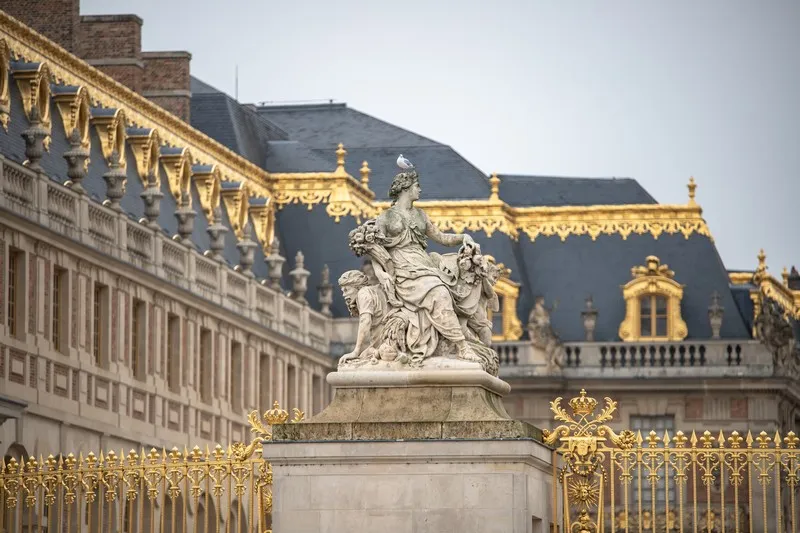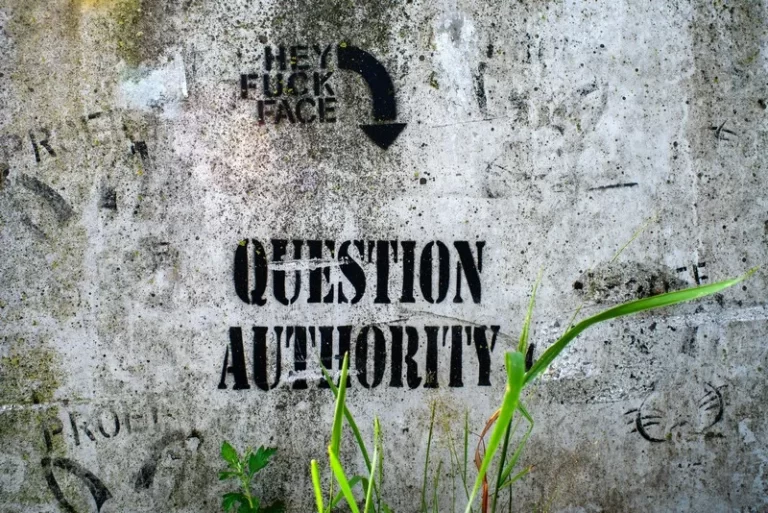Table of Contents
- Introduction
- Defining Aristocracy
- Aristocracy and Class Structure
- Aristocracy as Social Reproduction
- Aristocracy and Cultural Capital
- Aristocracy and Symbolic Power
- Case Studies: Aristocracy in Context
- The Decline of Aristocracy?
- Aristocracy and Modern Elites
- Aristocracy and Identity
- Aristocracy and Social Imagination
- Conclusion
Introduction
Aristocracy has long occupied a central place in sociological inquiry. It is more than a historical curiosity about kings, queens, dukes, and noble families; it is a sociological category that reveals how power, privilege, and cultural distinction are structured within society. To understand aristocracy sociologically is to examine not only the institutions of hereditary rule, but also the enduring cultural, symbolic, and economic legacies of aristocratic systems in shaping modern social hierarchies. For undergraduate students of sociology, the concept of aristocracy offers an important entry point into questions of inequality, elite reproduction, and the symbolic ordering of society. It opens a window into how societies justify privilege and how elite identities are formed, maintained, and reimagined across generations.
Defining Aristocracy
Aristocracy can be defined in several interconnected ways:
- Political definition: a form of government in which power is concentrated in the hands of a small, elite class, often hereditary.
- Sociological definition: a stratum of society characterized by inherited privilege, prestige, and often economic wealth.
- Cultural definition: a way of life marked by refined tastes, codes of etiquette, and symbolic markers of distinction.
In sociology, aristocracy is rarely seen as a purely political form. Instead, it is analysed as a social structure that intersects with class, culture, and ideology. It represents both a mode of ruling and a way of being in the world, one that fuses economic resources with symbolic and cultural dominance. Thus, sociologists view aristocracy as a layered system that generates prestige beyond mere wealth.
Aristocracy and Class Structure
Aristocracy is integral to understanding broader theories of class and stratification. In many historical contexts, aristocracy represented the apex of a rigidly hierarchical order. Unlike the bourgeoisie, whose wealth is rooted in commerce and industry, the aristocracy often derives power from landownership and inheritance. Land, in particular, was historically central to aristocratic rule, because it tied wealth to territory, agricultural production, and political influence over tenants and peasantry.
Key sociological contrasts include:
- Aristocracy vs. Bourgeoisie: The bourgeoisie is defined by economic capital and entrepreneurial activity, while aristocracy relies on symbolic and cultural capital alongside inherited property.
- Aristocracy vs. Proletariat: While the working class is defined by dispossession and wage labor, aristocracy represents possession, autonomy, and control over land and cultural institutions.
The study of aristocracy reveals how class divisions are legitimized through ideology, tradition, and symbolic representations that make privilege appear natural and unquestionable. Aristocracy is also an example of what Max Weber called “status groups,” where honor and prestige organize social life as much as economic resources.
Aristocracy as Social Reproduction
A central sociological concern is how aristocratic privilege reproduces itself over time. The mechanisms of reproduction include:
- Inheritance: Wealth and land passed down across generations.
- Marriage alliances: Strategic unions that consolidate power and property.
- Education: Elite schooling that cultivates not only knowledge but also cultural taste, networks, and prestige.
- Social closure: Restricting access to resources, positions, and titles to maintain exclusivity.
These mechanisms reflect Pierre Bourdieu’s notion of social reproduction, where privilege is not simply transmitted economically but is also embedded in cultural and symbolic capital. For example, children of aristocrats often attend elite schools where they acquire not just education but also dispositions, manners, and networks that reinforce their elevated social position. The continuity of aristocracy lies in its ability to transform privilege into habitus—a way of being that feels natural and legitimate.
Aristocracy and Cultural Capital
Aristocracy is closely linked to cultural capital. Members of aristocratic classes distinguish themselves through language, taste, art, and forms of cultural refinement. These distinctions are not incidental; they are deeply social mechanisms that preserve hierarchy.
For instance, the aristocratic preference for certain forms of high art or classical music can be seen as strategies of distinction. Everyday practices, such as dining etiquette, dress codes, and conversational styles, function as markers of belonging to the aristocratic field. Even leisure activities—such as fox hunting, polo, or exclusive clubs—become coded as aristocratic, reinforcing both identity and boundary-making. Thus, aristocracy reveals how culture itself becomes an instrument of domination and differentiation.
Aristocracy and Symbolic Power
Get the full article AD FREE. Join now for full access to all premium articles.
View Plans & Subscribe Already a member? Log in.





